Ancient languages connect us to distant times, whispering about civilizations that shaped our world. While many historical tongues have faded into obscurity, some survive through careful preservation and dedicated communities.
These languages exist today in various forms—from daily conversation in remote villages to ceremonial use in temples and from scholarly study to cultural celebrations. They remind us that language preservation takes many forms, each keeping ancestral voices alive.
Let’s explore places where ancient words still echo, whether in daily greetings, sacred ceremonies, or careful study. Each destination shows us how people work to keep their linguistic heritage alive.
Aramaic in Maaloula, Syria
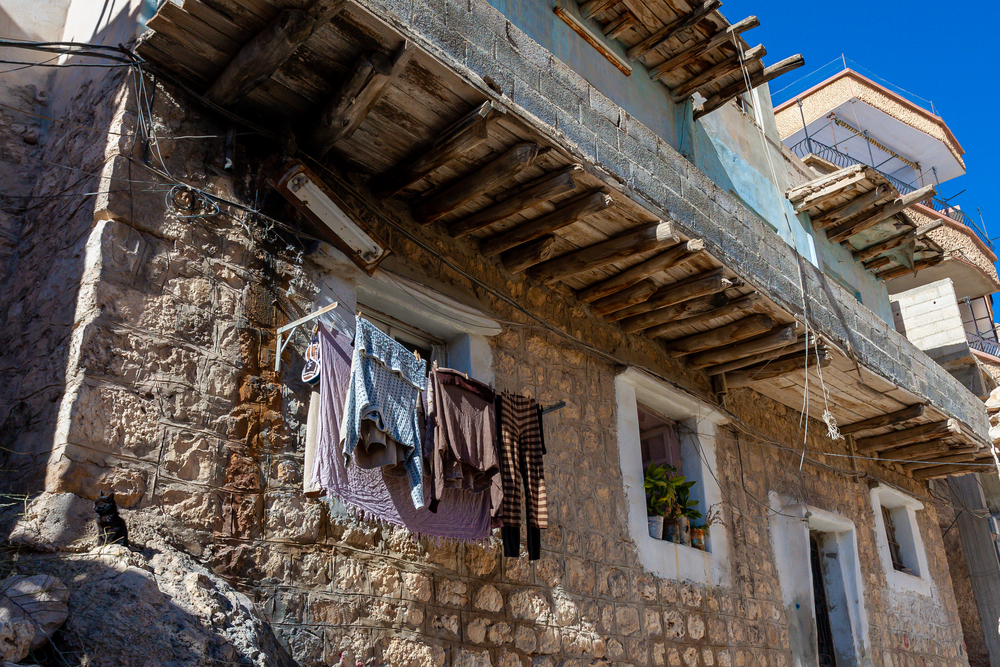
The blue-painted town of Maaloula holds a special place in linguistic history, where Western Aramaic survives primarily in religious contexts. While everyday conversation happens in Arabic, older residents still use Aramaic phrases, especially during Christian ceremonies and festivals.
Local churches play a crucial role in preserving this ancient tongue through services and religious education. The isolation of this mountain community has helped maintain these linguistic traditions, though usage has declined in recent decades.
Sanskrit in Mattur, Karnataka, India
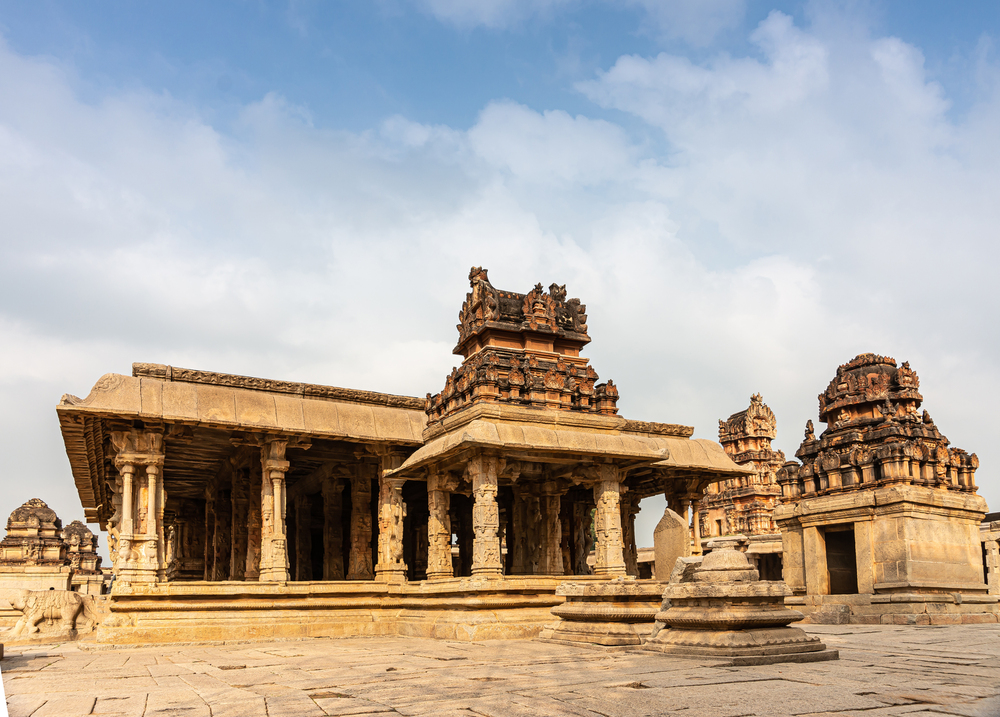
The village of Mattur represents an interesting case of Sanskrit preservation through dedicated educational efforts. While not the primary language of daily life, Sanskrit receives special focus in local schools where children learn it alongside their native Kannada.
Scholars and priests maintain its use in religious ceremonies and academic discussions. The village has become a center for Sanskrit learning, though its everyday use is more limited than sometimes reported.
Like Travel Pug’s content? Follow us on MSN.
Coptic in El-Adaima, Egypt
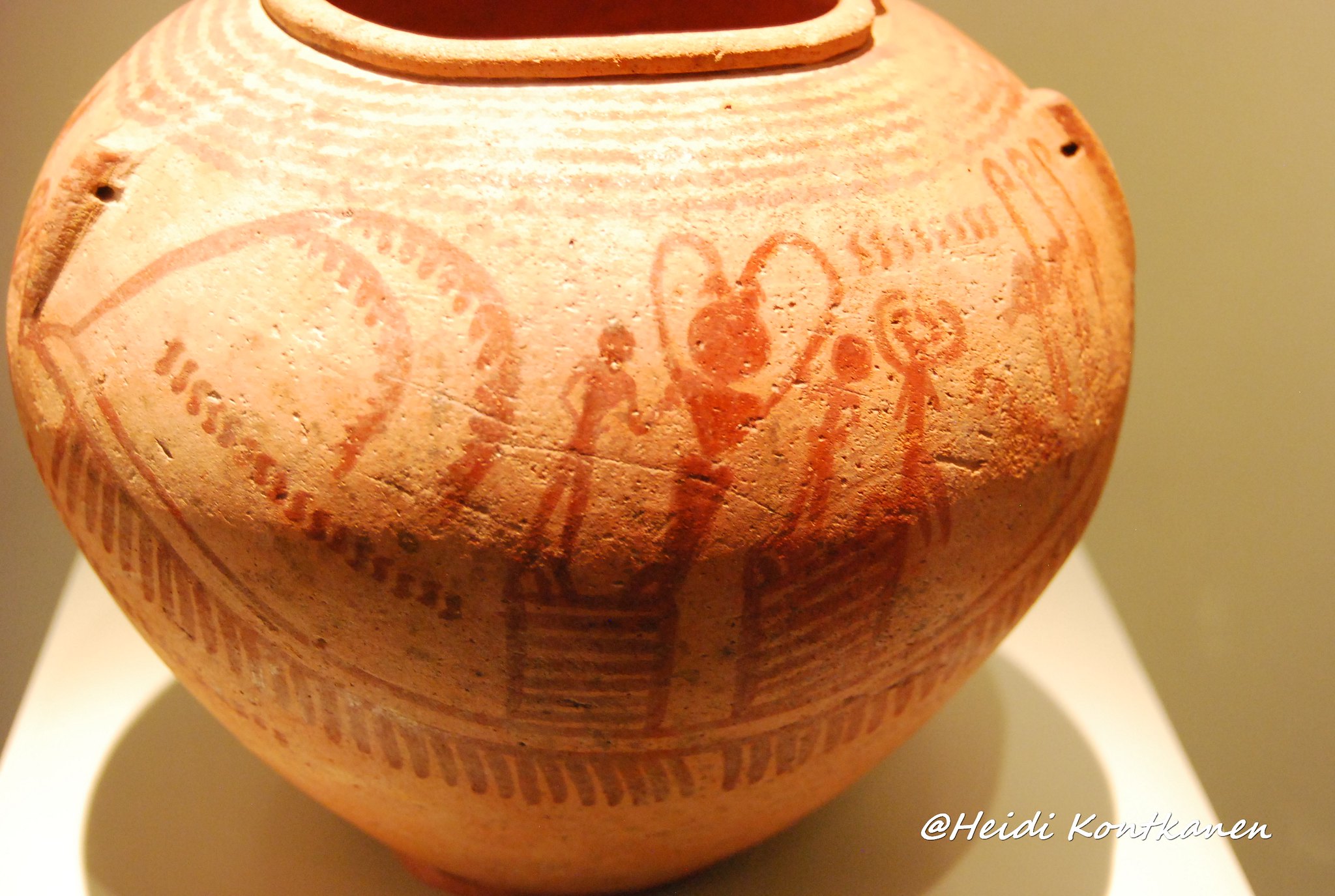
Along the Nile’s western bank, Coptic survives primarily as a liturgical language in Christian ceremonies. The local Coptic Orthodox Church maintains this ancient tongue by carefully preserving religious texts and hymns.
Every day, conversations happen in Arabic, and priests and deacons learn Coptic for religious services and scholarly study. Some traditional prayers and chants have remained unchanged for centuries, though few speak the language conversationally.
Gaelic in Isle of Skye, Scotland

Scottish Gaelic on Skye represents a story of active language revival through education and cultural programs. While English dominates daily life, local schools offer Gaelic immersion programs to preserve this ancient Celtic tongue.
Community initiatives and government support help maintain the language through media, arts, and cultural events. The number of fluent speakers remains small, but dedicated preservation efforts continue.
Ancient Babylonian in Ur, Iraq
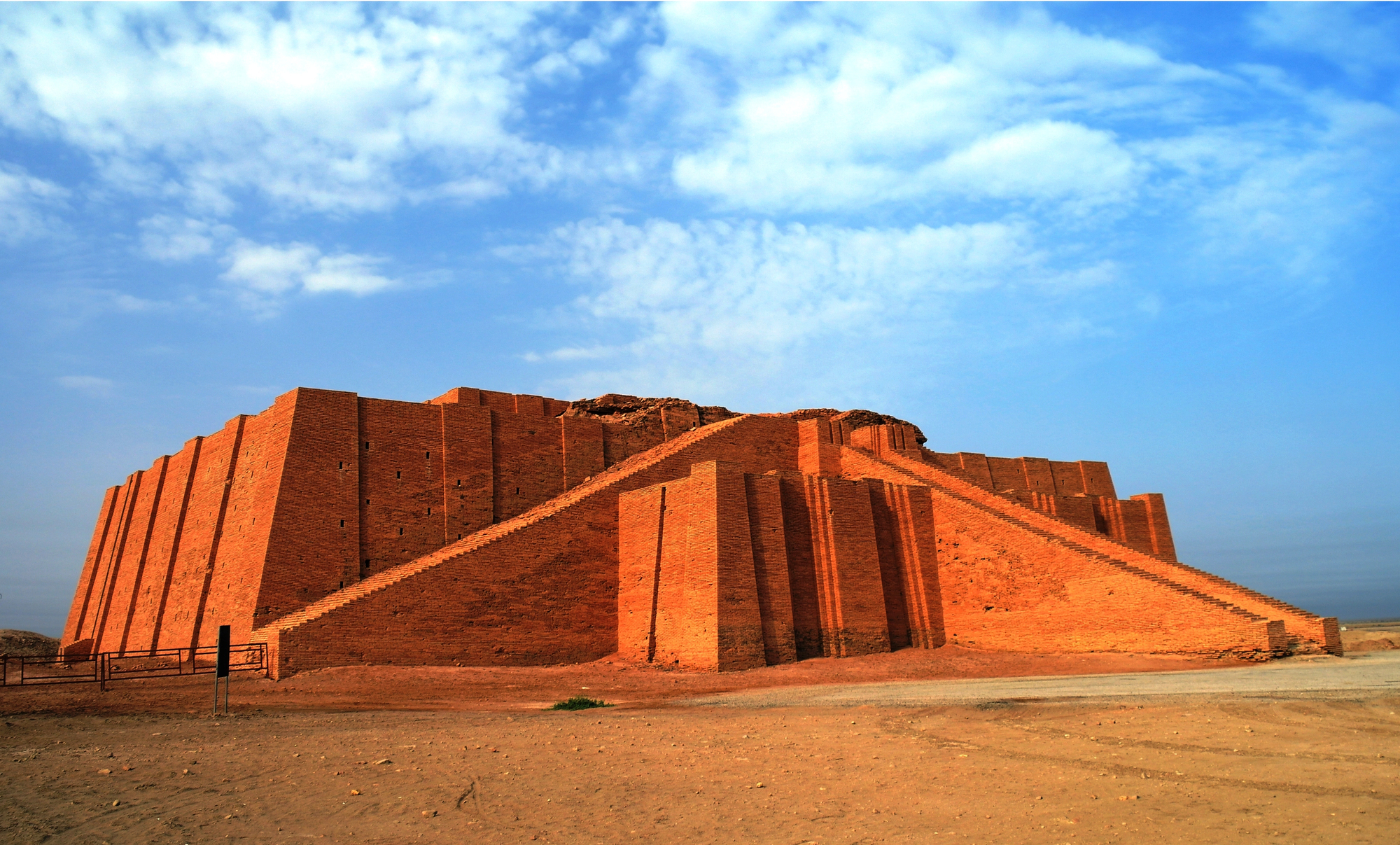
Scholars and religious practitioners preserve fragments of ancient Mesopotamian languages through careful study among the ruins of ancient Ur. While no one speaks these languages conversationally, certain Mandaean religious ceremonies maintain ancient prayers and ritual phrases.
Archaeological work continues to uncover a new understanding of these ancient tongues. Local museums and cultural centers work to preserve these linguistic traditions through education and cultural programs.
Like Travel Pug’s content? Follow us on MSN.
Mayan in Yucatan, Mexico
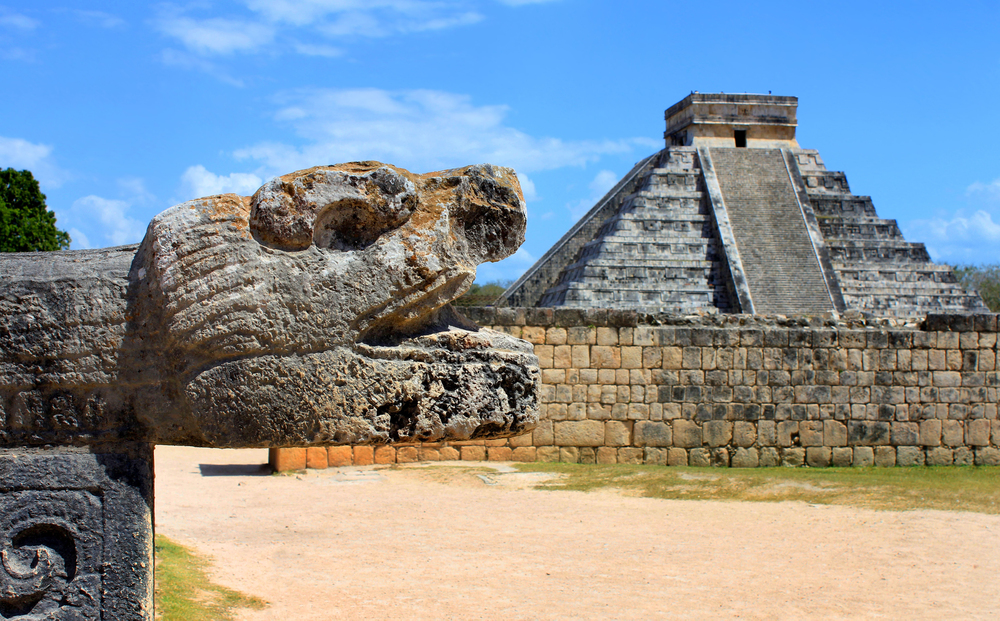
Throughout the Yucatan Peninsula, various Mayan languages survive with different usage levels. While Spanish dominates urban areas, rural communities often maintain Yucatec Maya as a second language alongside Spanish.
Traditional healers preserve ancient terminology for medicines and treatments through oral tradition. Cultural centers and universities work to document and maintain these languages through research and education programs.
Pontic Greek in Turkey
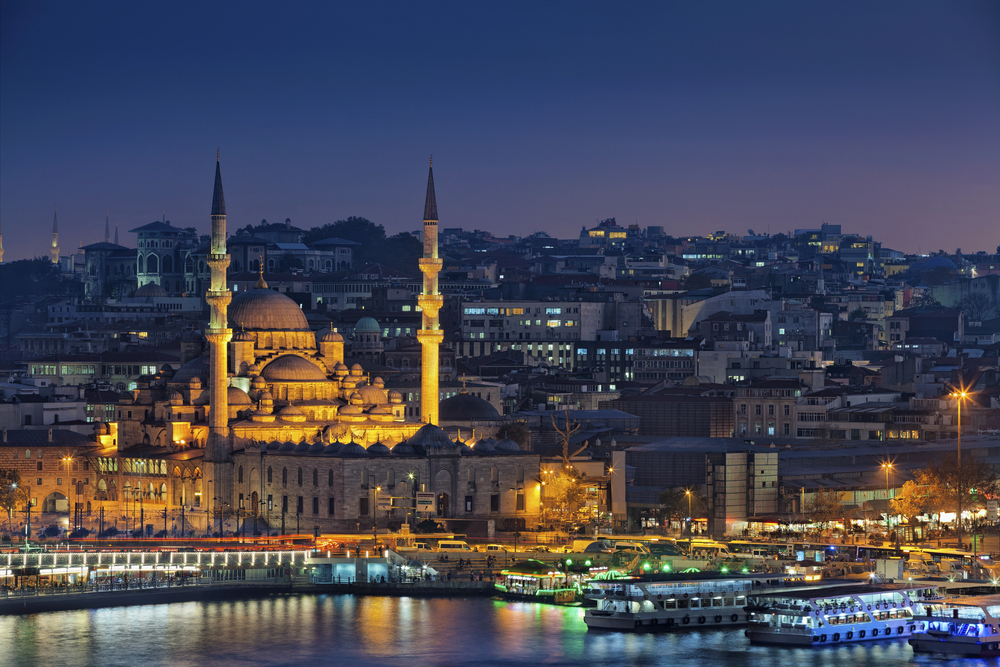
In certain Black Sea communities, an ancient form of Greek survives primarily through cultural celebrations and family traditions. While standard Turkish dominates daily life, older residents maintain knowledge of Pontic Greek phrases and songs.
Local festivals and cultural events help preserve this linguistic heritage, and community groups work to document elderly speakers’ knowledge before it is lost.
Aymara in Lake Titicaca, Bolivia
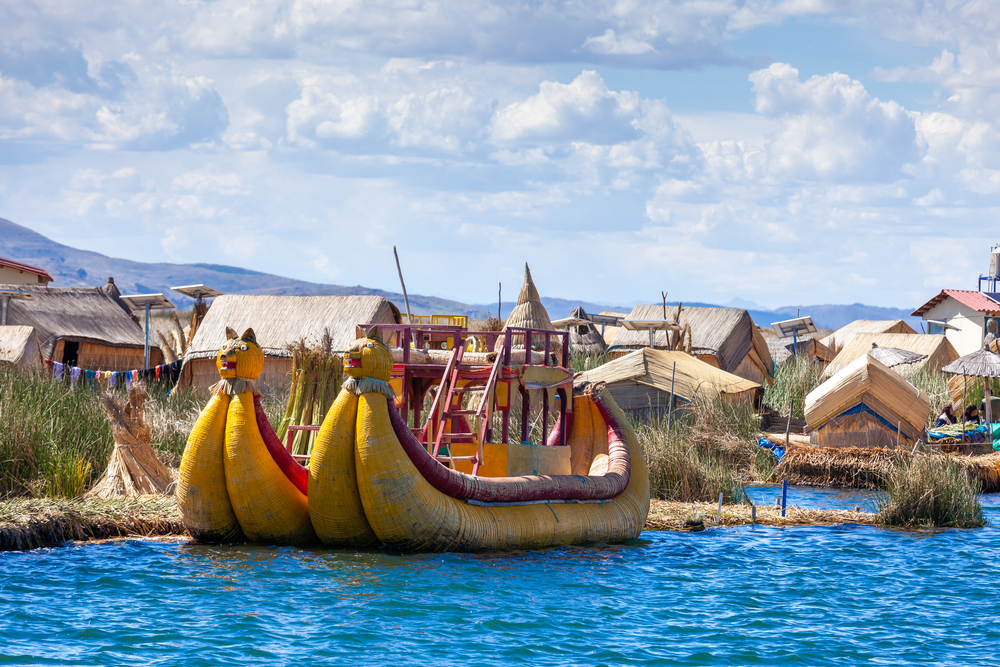
Around Lake Titicaca, Aymara is more prevalent daily than in many ancient languages. Local communities use it alongside Spanish, particularly in rural areas and traditional markets.
Government recognition and education programs help maintain its status as a living language. However, younger generations increasingly favor Spanish in professional and urban settings.
Like Travel Pug’s content? Follow us on MSN.
Classical Chinese in Yangzhou, China

Yangzhou preserves Classical Chinese primarily through scholarly study and cultural performances. While Modern Mandarin dominates daily life, traditional academies maintain knowledge of ancient texts and pronunciation.
Cultural centers organize regular readings and performances of classical literature. The focus remains on preservation through education rather than conversational use.
Hebrew in Peki’in, Israel
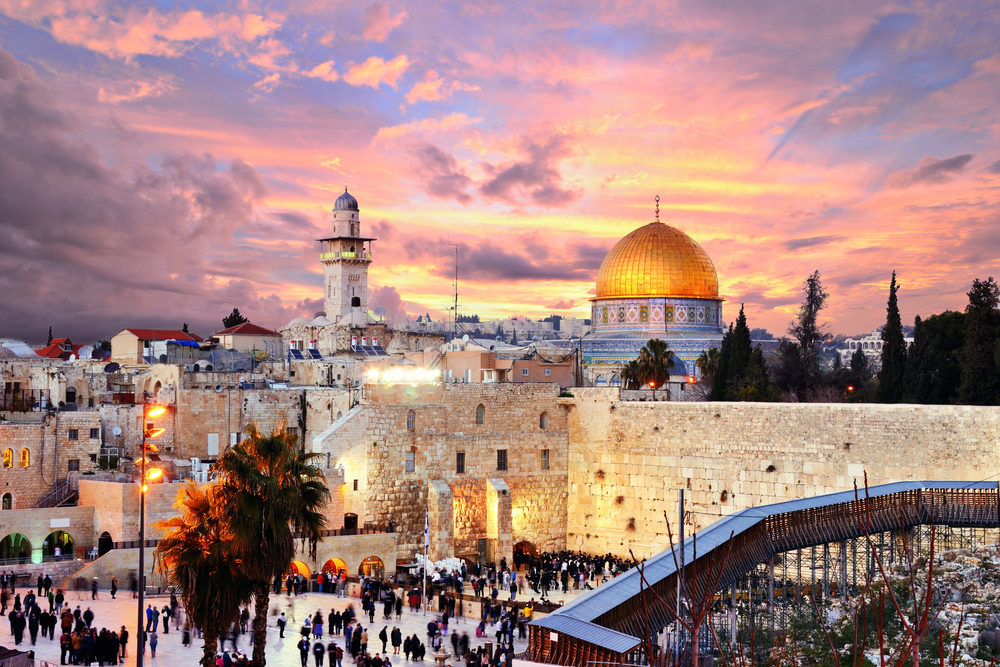
The village of Peki’in represents an interesting case of language evolution where ancient Hebrew elements blend with modern usage. Local Jewish communities maintain some traditional pronunciations and phrases in religious contexts.
Scholars study the unique linguistic features preserved in this historic community. The village demonstrates how ancient and modern forms of language can coexist.
Latin in Vatican City
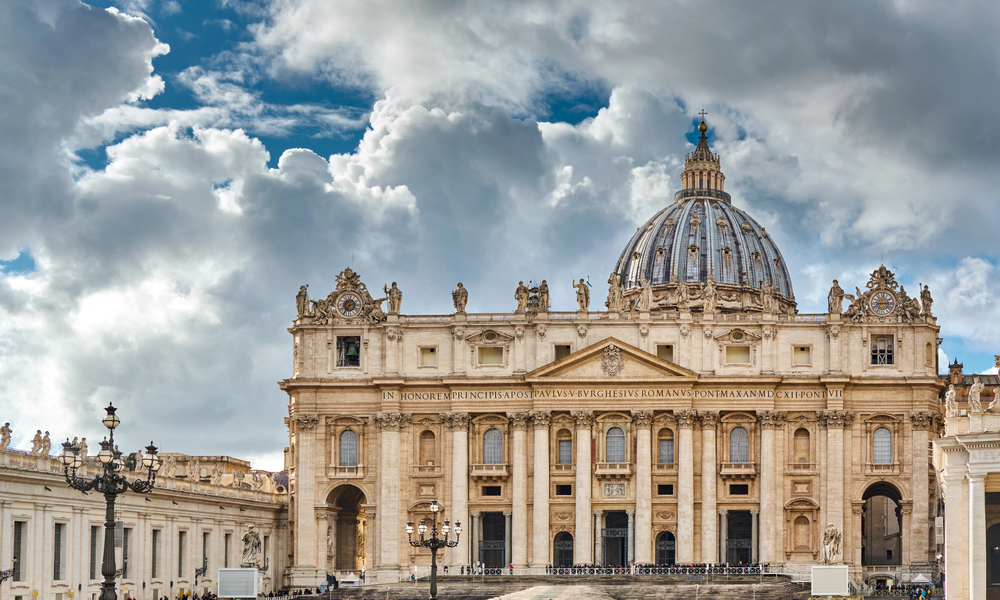
Within Vatican City, Latin survives primarily as an administrative and ceremonial language. While not used conversationally, it remains the official language for important Church documents and ceremonies.
Scholars maintain active knowledge for religious and academic purposes. The Vatican’s efforts focus on preserving Latin as a living administrative language rather than a conversational one.
Like Travel Pug’s content? Follow us on MSN.
Old Persian in Yazd, Iran
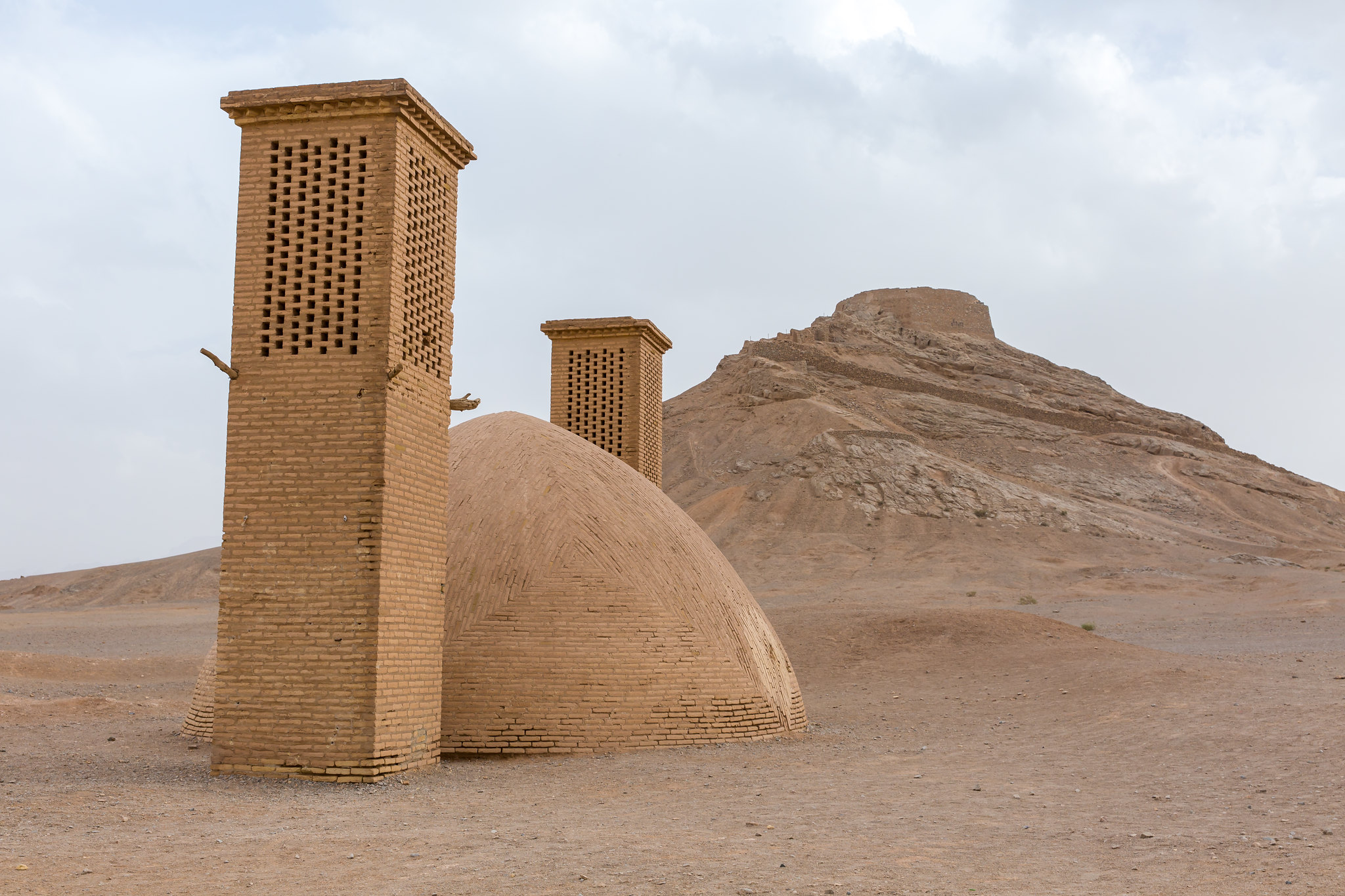
Yazd’s Zoroastrian community preserves elements of Old Persian primarily through religious traditions. While modern Farsi dominates daily life, ancient prayers and ceremonies maintain older forms of the language.
Priests undergo extensive training to keep these ancient linguistic traditions properly. Scholarly efforts help document and preserve these ancient religious texts and practices.
Cornish in Penzance, England

The Cornish language represents a remarkable revival effort rather than an unbroken transmission. Modern speakers learn the language through dedicated programs and cultural initiatives.
While few use it as their primary language, community events and classes help maintain this ancient Celtic tongue. Local enthusiasm and cultural pride drive ongoing preservation efforts.
Nahuatl in Mexico City, Mexico
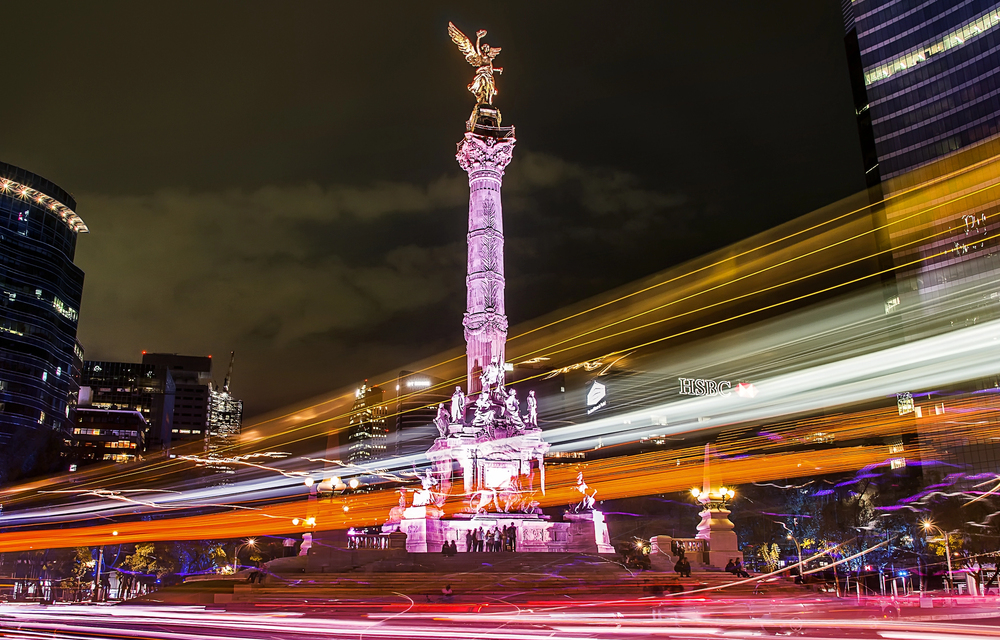
In certain districts of Mexico City, Nahuatl survives through a mixture of daily use and cultural preservation. While Spanish dominates urban life, some communities maintain Nahuatl as a heritage language.
Educational programs and cultural centers work to preserve this connection to Aztec culture. Many common Mexican Spanish words derive from Nahuatl, showing its lasting influence.
Like Travel Pug’s content? Follow us on MSN.
Ancient Tamil in Madurai, India
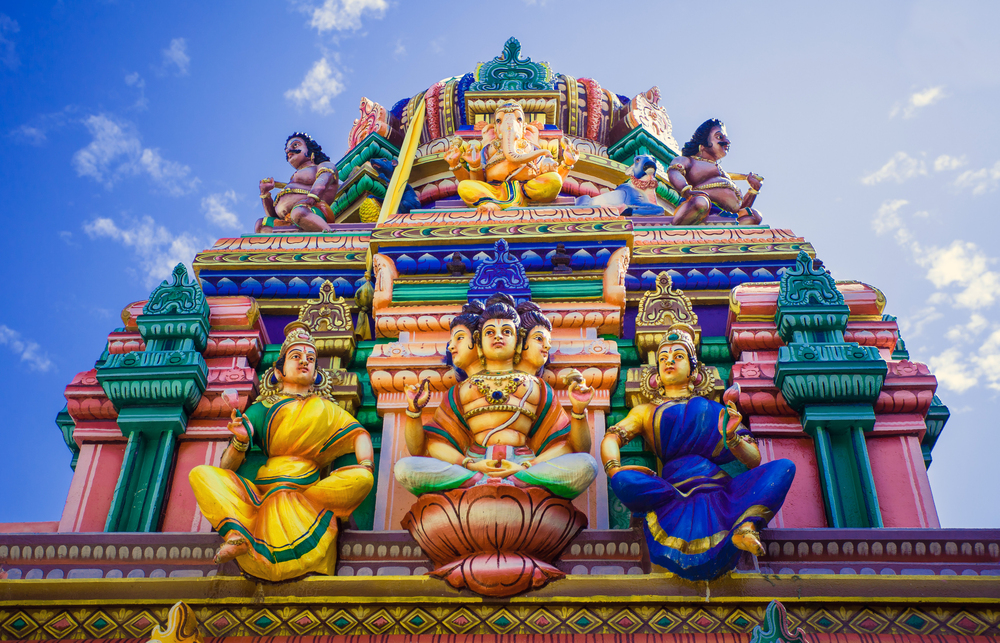
Madurai’s temples preserve Classical Tamil primarily through literary and religious traditions. While modern Tamil thrives as an everyday language, scholars maintain knowledge of its ancient forms.
Traditional arts and religious ceremonies help preserve classical pronunciations and usage. Academic institutions are crucial in studying and maintaining these ancient linguistic forms
Quechua in Cusco, Peru
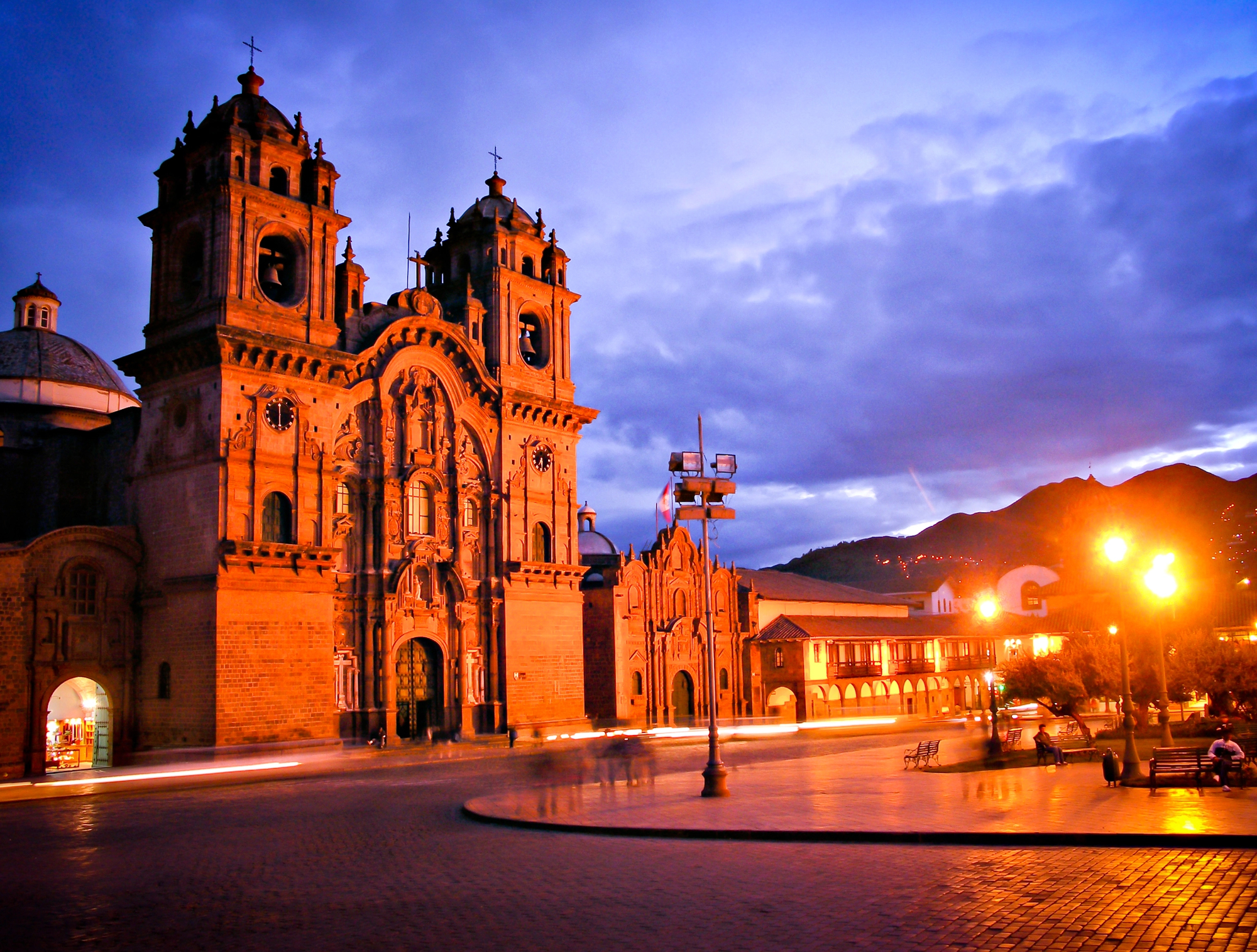
In and around Cusco, Quechua is spoken alongside Spanish and used at varying levels. Rural communities often maintain stronger connections to the language than urban areas.
Government support and tourism interest help fund preservation efforts. Educational programs work to keep the language while adapting it to modern needs.
Old Georgian in Svaneti, Georgia
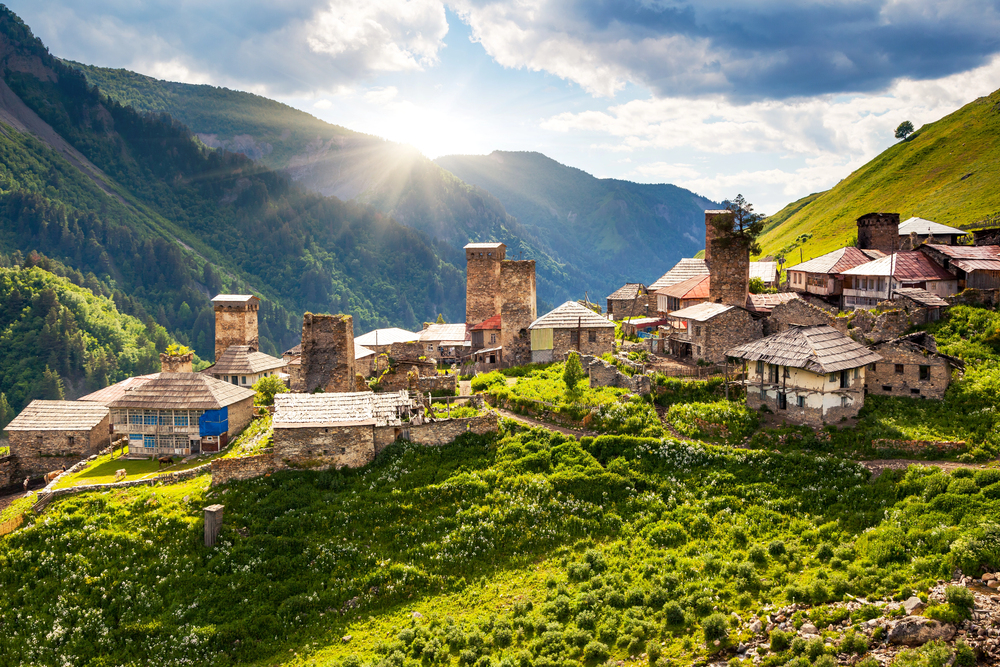
The mountain communities of Svaneti preserve ancient forms of Georgian primarily through cultural traditions. While modern Georgians dominate official contexts, local dialects maintain older language features.
Traditional songs and ceremonies help preserve ancient linguistic elements, and the region’s isolation has helped maintain these unique linguistic features.
Like Travel Pug’s content? Follow us on MSN.
Old Norse in Iceland
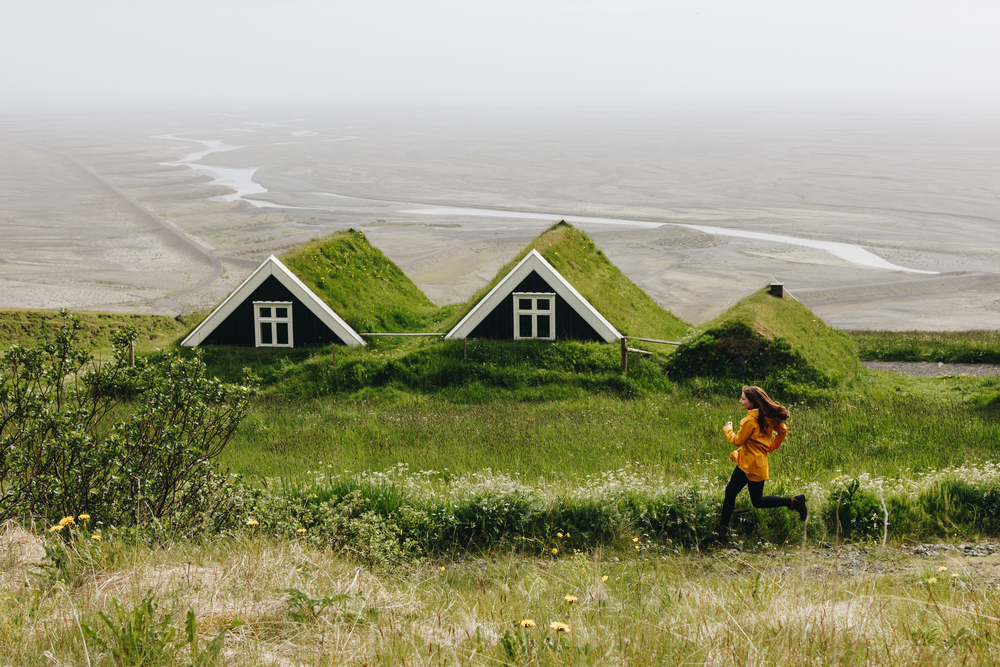
Modern Icelandic preserves Old Norse features through careful language planning rather than natural isolation. While the modern language has evolved, it maintains many ancient grammatical structures and vocabulary.
Government policies actively work to preserve these linguistic connections to the past, and academic institutions study and maintain knowledge of these ancient linguistic features.
Berber in Atlas Mountains, Morocco
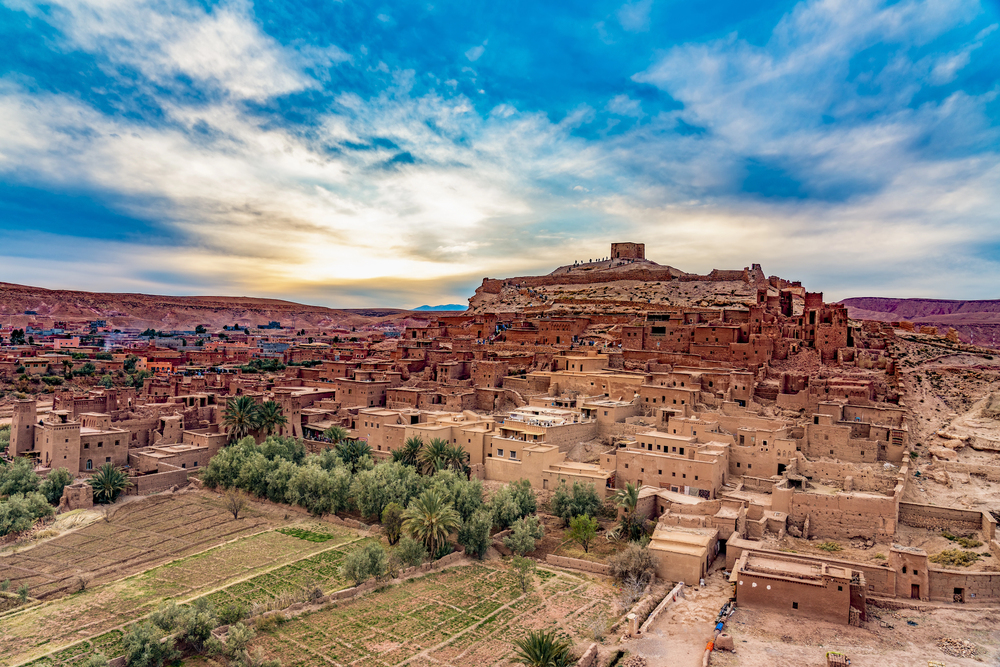
Atlas Mountain communities preserve Berber languages through daily use and cultural tradition. While Arabic dominates official contexts, many communities maintain Berber as a home language.
Traditional arts and oral histories help preserve ancient linguistic features. Modern education increasingly includes Berber language instruction.
Circassian in Kfar Kama, Israel
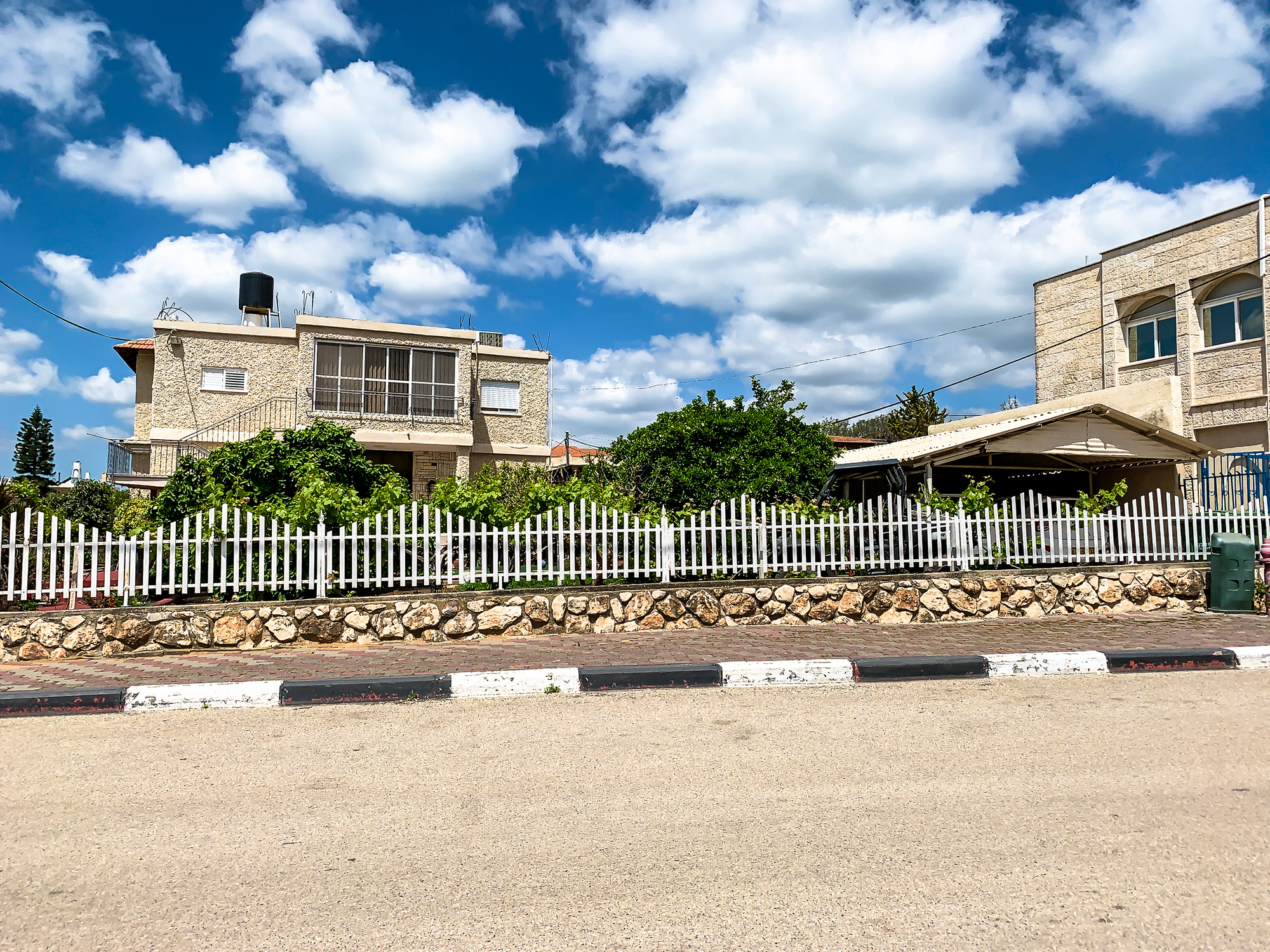
The Circassian community in Kfar Kama maintains their ancestral language through dedicated cultural preservation. While Hebrew and Arabic dominate professional life, community events and home life help preserve Circassian.
Traditional ceremonies and cultural education pass the language to younger generations. The community’s strong cultural identity supports ongoing language preservation efforts.
Like Travel Pug’s content? Follow us on MSN.
Preserving Ancient Voices

The survival of these ancient languages shows us different paths to preserving linguistic heritage in a changing world. From daily conversation to religious ceremony and academic study to cultural celebration, each community finds its way to keep ancestral voices alive.
While some languages thrive in daily use, others survive through careful documentation and dedicated preservation efforts. These varied approaches to language preservation remind us that keeping ancient tongues alive requires community commitment and institutional support.
More from Travel Pug

- 20 Towns Built for One Purpose That Were Later Abandoned
- 15 Hidden Spots in Disney World’s Magic Kingdom Most Visitors Miss
- 20 Photos of the World’s Most Beautiful Glacial Lakes
- 15 Canyons in the U.S. That Are Just as Stunning as the Grand Canyon
- 10 Under-the-Radar Mountain Towns That Are Both Affordable and Beautiful
Like Travel Pug’s content? Follow us on MSN.
